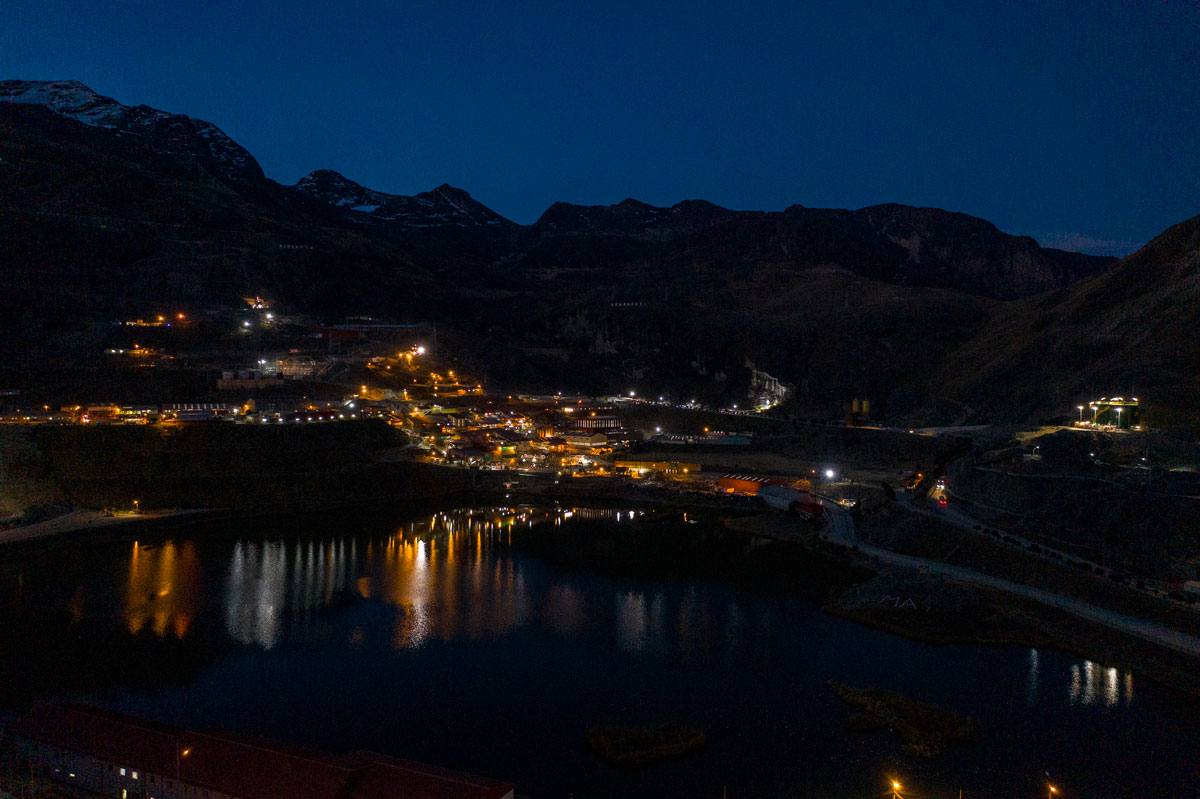
Setting the bar high, and in line with its new purpose, Minsur reaffirms its strong commitment to environmental sustainability. Gradual and progressive reductions of GHG emissions aims at the company’s new challenge: Zero net emissions by 2050.
This took place in November 2021. During the 26th United Nations Climate Change Conference (COP). The ICMM, entity that brings together more than 27 mining and metal companies and over 35 national, regional and commodity association members, made public its commitment to reach zero net GHG emissions by 2050.
To achieve this goal, the ICMM proposes its members to establish their emission reduction plans based on their field and their place of operations. Thus, it proposes a gradual progress, implemented in stages, to reduce Scope 1 (direct), Scope 2 (indirect) and Scope 3 (other indirect) emissions. Reduction targets established by ICMM members for Scope 3 emissions should be ready by 2023, according to the commitment signed.
“Minsur is part of ICMM since 2018, but we measure our carbon footprint since 2017 –following ISO 14064-1 and the GHG Protocol standards– and we are also subject to external validations”, indicates Alberto Ugarteche, Minsur’s Corporate Environmental Manager.
Methods and targets
The commitment signed by Minsur at the COP 26 includes the use of solid methodologies -in line with the goals of the Paris Agreement- to set emission reduction targets. In addition, information gathered shall be transparently disclosed, so that the public is well informed on the fulfillment of reduction targets for the 3 emission scopes. In this regard, we also use advance analytics to reduce emissions and energy consumption, in general, and we foster and promote the use of clean or renewable energy in our camps and operations, implementing innovations to have cleaner and safer vehicles, for instance.
Ugarteche states that the bidding process to hire a strategic partner that will help preparing the Roadmap to reduce 30% of GHG emissions by 2030 or earlier, and reach zero net emissions by 2050 or earlier, has been completed. “Now we are going to define the steps to be followed to achieve our decarbonization targets”, he concluded.
